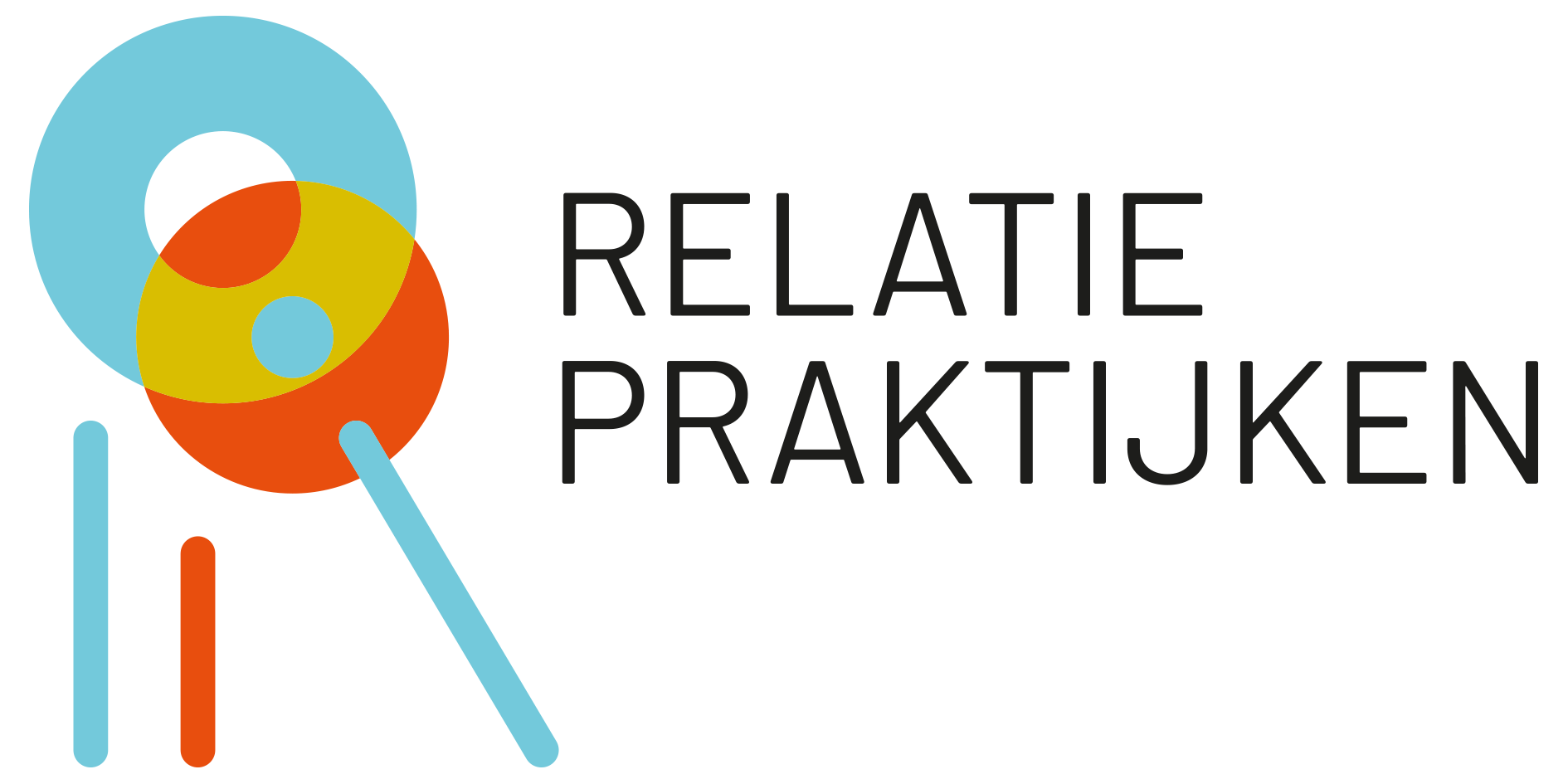…let’s focus on that.
Emotional security in the family. It is perhaps the most neglected area of attention in care for parents and children. And that while the impact of emotional insecurity is great. Possibly even greater than the effects of physical insecurity.
Every day in my practice I hear the consequences on the well-being of clients. Emotional security in families is vital. Although I have to deal with physical violence to a much lesser extent, I followed the online webinar of Jef Slootmaeckers and Lieven Migerode. This in response to their clear and necessary book “Partner violence – fighting for love” .
I am making a transition here from partners to families with adolescents. Aggression also takes place in these families. Sometimes violence from the parents towards the youngster. Sometimes from the adolescent to parents. And even aggression of the adolescent towards himself. Anyway; what happens in the dynamics between two adults, also takes place between parents and children.
Paradigm shift
With this article I want to make a professional plea to make care providers pay more attention to emotional safety in the family. I am grateful to Jef Slootmaeckers that he also points this out in the webinar; From our professional perspective, we place too much emphasis on physical safety without realizing that emotional insecurity is many times more impactful. What a desirable paradigm shift! And how I would like to have this on the retinas of every care provider; from physical insecurity to emotional security in the family. What is needed for that? That may be the adage.
To give an impression of how emotional insecurity manifests itself:
The life course of a suture rupture
Just imagine that as a child you were born in a family in which clear, even strict norms and values prevail. Where the blueprint of previous generations participate in everyday life every day. And you as a child have your own temperament, your own blueprint, your own individuality. Then there is a good chance that this will collide sooner or later.
Even more likely: that this really becomes visible during the puberty phase. A critical phase in which emotional security is necessary to differentiate .
And then there are problems. You might get a diagnosis. And from that moment on, parents do their best to get the child on the right track. Their track. And the child adapts, as best he can, to the images that parents have in mind about what is good and what is not good.
As a result, the child largely loses contact with its individuality. Hold back, adapt, push away, develop mechanisms that ensure that she at least belongs. Because she loves her parents. And longs for their love. Parents love her and want their child to end up well. And that only succeeds, based on their sincere conviction, if they behave in the way that they themselves have been taught. And that is as the social norm dictates.
The child gets older and it takes more and more effort to adapt, swallow, suppress or ignore. Her world is getting bigger and bigger and outside influences are playing a more important role. Parents brace themselves for fear of her slipping. The more often they deviate from what they find acceptable, the stricter they become. And the stricter they become, the more the child – who is now an adolescent – pushes himself off. Parents are scared, child is angry. Angry at the oppressed self inside her. Furious because she doesn’t feel loved unconditionally. Frustrated because her life is about adapting or bursting.
The question rumbles through her head; ‘may I not be who I am?’ ‘Don’t they trust me then?’. And it is escalating more and more. In fact, physical insecurity is increasing. They fear the violent confrontations. Parents become more and more impotent and the adolescent becomes increasingly angry. She feels wronged. Rejected by her own parents.
And the parents?
They become increasingly fearful and impotent. They love their child and cling on, frustrated because they can’t get through that anger anymore. They literally have to shake her to get in touch with their child.
And the child?
She protects herself from so much verbal abuse and withdraws. In a circle of friends where she feels accepted but, in the eyes of his parents, are completely bad influences.
This is just an impression of the many families in which the need to be individual and the desire to be connected is getting completely out of hand. The parents blame it on child factors. The child sees the parents as burdensome. And the assistance? He gets entangled in the same impotence and often takes control. As long as it’s safety. Physically safe.
The professional framework
In fact, I would venture to say that the entire healthcare system is primarily centered around physical safety. I often sighed deeply when ‘intervention’ was taken to ensure this safety. Everything in me protested (which may also say something about me, by the way). Control-oriented instead of development-oriented. Taking too little account of the harmful consequences that control entails.
Don’t get me wrong: physical safety is also important. A boy who threatens with a knife and endangers his younger brother must be stopped. For the brother’s safety and for his own safety. Physical safety causes damage. However, I would argue in favor of not focusing one-dimensionally on this form of security. There is more. So much more.
To take the boy with the knife again as an example; we can focus on what’s going on with this kid. Maybe he’s under the influence, needs a diagnosis, or something else is going on. Perhaps it makes even more sense to examine the broader context of this boy.
How is his relationship with his parents? What interactions are going on there? Are they there for him and does the boy feel seen in his family? Is there room in his family for the anger he may be carrying around? Can it be about that? How emotionally safe does the boy feel? Has (one of) his parents perhaps suffered from trauma as a result of which they are (temporarily) unavailable? Or are the parents exhausted and don’t remember? All questions that are important to get a more complete picture of the emotional safety of the family and the individual family members.
Adhesion is the glue that connects everything
Attachment is essential for our continued development. It is the glue that holds families together. To reconnect with Dr. to speak to Sue Johnson; ‘we are wired to connect ‘. And if parents and children are not attuned to each other, this has major consequences. Every day I hear the stories of adults who no longer feel or are overwhelmed. Living on autopilot. Perfectionism. Not knowing what they want with their lives. Recurrent depression. The list is long…and the gist is fairly straightforward; their conditionings are about defending themselves against the pain of the emotional insecurity they have felt somewhere in their socialization.
In the long run, the damage caused by a suture break is many times more impactful than the fear of physical insecurity.

Parents and child want to reach each other
Parents and their children want nothing more than to feel the bond of love. A father wants to be the parent of his child(ren). A mother wants to be a mother. The child wants to feel like her/his parents’ child. Or as Dan Siegel puts it so beautifully; ‘a child wants to feel that it is felt ‘. We have an existential need to belong to our family. Be part of a family.
But what if…?
But if practice shows that parents and children ‘collide’ every day with the mechanisms that protect them from the pain of removal, that is comprehensive. It is traumatic for both the parents and the child. And again referring to the webinar of Jef Slootmaeckers and Lieven Migerode: ‘no one gets up in the morning with the idea of fighting another game today’ . Not even parents and teenagers. So it is extremely important to see ‘fighting’ as a signal that people do not know how to reach each other.
If the need of the young person and the degree to which the parents are not attuned enough to ‘see’ and ‘hear’ the child, the young person will be left in protest (anger, aggression) and with a sense of despair. Finally, he/she is still partly dependent on the attuned reactions of parents to keep his own inner world in balance.
I quote a mother who, after several family sessions focused on restoring emotional security, concluded: “I had no idea how much I had become closed off from everything our daughter showed. Her attempts to contact me. All I saw is what in my eyes she did wrong’. Continued with: ‘how I have denied her and myself by arming myself in advance against the umpteenth attack of name-calling. I had become scared. And could no longer give her what she really needed. My love and attention’.
What would the help service look like if we started to see aggression in the family as the ultimate attempt to reach each other?
It is so desirable (would really like to shout it from the rooftops) that aid workers are aware of the impact that ‘fighting for love’ has on the individual members of the family and on the family as a whole. I advocate that we use the attachment perspective as a guideline to increase emotional safety in the family and thereby decrease physical insecurity (thanks to Jef and Lieven who let me feel that during their webinar). Because believe me: if we start to focus more on restoring emotional security in the family, the physical insecurity will – as a matter of course – decrease.
Let’s focus more often on restoring the emotional connection. And base our interventions on that.
Conclusion
The conclusion for me is that in the professional context we are guided too much by the idea that as long as a young person (or the parent) is physically safe, that’s it. On the contrary; in the short term, it may give you a breather. In the longer term, however, the psychological consequences for both the young person and the parents are enormous.
Practice shows that the bond between parents and child is often irreparably damaged – no more contact, for example – after such a bond fracture. We must not allow that. I wish every adolescent, every parent, every family and every professional the experiences that are aimed at restoring mutual ties. Emotional recovery that is.
And for that, in my experience, there is a way to go; a way of diving into our attachment fears, our attachment needs. Gaining insight into the blockages that are pinching the connection and slowly working towards being able to feel feeling again. I keep repeating it: care providers need to shift the focus with regard to intervention from physical safety to emotional safety.
There are now several Emotionally Focused Family Therapists in the Netherlands who focus entirely on the process of repairing the attachment breaks in families. See also: EFT Netherlands I would also applaud it if municipalities delve into the Hold Me Tight Trainings for parents with young children and for parents with teenagers . After all, prevention is even better than having to repair.


Recent Comments